About the Department
The department of Building Environment and Energy Engineering has one undergraduate program that offers Bachelor’s degree and one graduate program that offers both M.S. and M.E. degree. There are totally 18 faculties including 3 Professors, 7 Associate Professors and 8 Lecturers in our Department. The main research focus of the Department are Building Environment and Ventilation, Building Facility Automation System, and Building Energy Conservation & Renewable Energy. The main research funding of the program in recent years are: 9 National Science Foundation of China (NSFC) funded projects; National dedicated budget to support provincial University development; Shanghai Municipal Education Commission accredited Provincial Key Program and several institution and enterprise funded research projects. The “Building Environment Engineering and Energy Conservation Laboratory” was awarded 2-million Yuan by National and Provincial joint-development program in 2007. This Laboratory was funded 4.8-million Yuan in 2008 by Shanghai Municipal Education Commission for the development of Provincial Key Program. A research base named “Building Environment & Micron-Environment Research Base on Renewable Energy” was funded 5-million Yuan by National and Provincial joint-development Provincial Key Program.
The department of Building Environment and Energy Engineering has been accredited by the Ministry of Housing and Urban-Rural Development in 2012, which was re-certified in 2017. Two second prizes of Shanghai Provincial Teaching Awards, and one outstanding prize of the University’s Teaching Award. Our students have been awarded 19 University’s innovation funding, 11 Shanghai innovation funding, and 2 Ministry of Education innovation funding. Through the support of these innovation and research funding, our students participated in many different innovation and business-start-up competition with splendid achievements. Totally 36 competition awards are received, including 13 national level awards, 16 provincial level awards and 7 University level awards; 5 patents of invention and 11 Patents for Utility Model are awarded. Our students have won the third prize of “Challenge Cup” twice in 2013 and 2015. In the national design competition initiated by the Chinese Association of Refrigeration (CAR) and American Society of Heating, Refrigerating and Air-conditioning (ASHRAE) under the executive of National University Program Director Commission of Building Environment and Energy Engineering under the Ministry of Housing and Urban-Rural Development, our student have won the second prize once and third prize twice; in the national competition of University’s Built-Environment Program our students won the second prize and third prize once for each from 2014.
Department Laboratory
Laboratory in general
The department of Building Environment and Energy Engineering has sufficient laboratories resource to conduct research and education on different aspects of building systems. These can mainly attribute to indoor environment and building energy systems. The total laboratory floor area is about 1500m². The research and educational experimental facilities cover most aspects of building systems including indoor thermal environment, large space building, ground-source heat pump, building energy resource metering, building automation system, building environment VR, radiant heating and cooling, metro-tunnel environment, building integrated solar thermal and PV system, air cleaning and purification, CO2 heat pump et al.
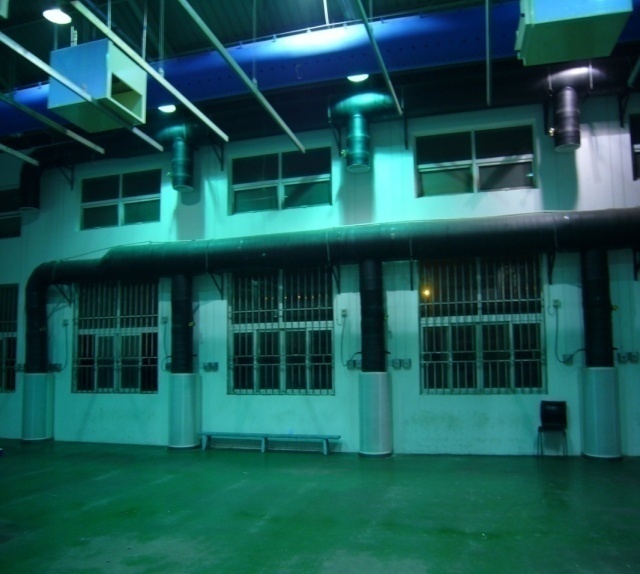

(1) Large space building thermal environment test labs
University Gymnasium for large space building indoor environment test. The floor area of this lab is 300m² with pitched roof. The height of this Gymnasium is 8.75m. It is equipped with air distributors of nozzles at different height of sidewall, displacement ventilator at floor level and fabric column from top of occupied zone. Heating and cooling source is an 11kW air-source heat pump system. Heating/cooling capacity of the system is 66(73)kW, airflow rate 18000m3/h.
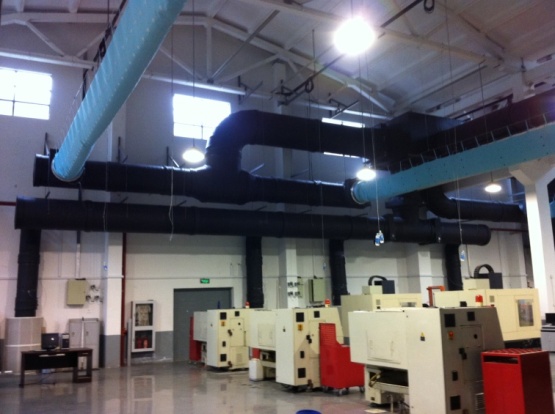

(2) Ground/Air source heat pump system
University Engineering Training Center for stratified air-distribution system test. The floor area of this lab is 500m² with pitched roof. The height of the building is 13m. Besides similar air distributors as the Gymnasium, this lab has secondary airflow system using axial fan as airflow relay to distribute the conditioned air farther. There is also remotely controlled window on top of the roof to utilize and quantitatively measure natural ventilation.
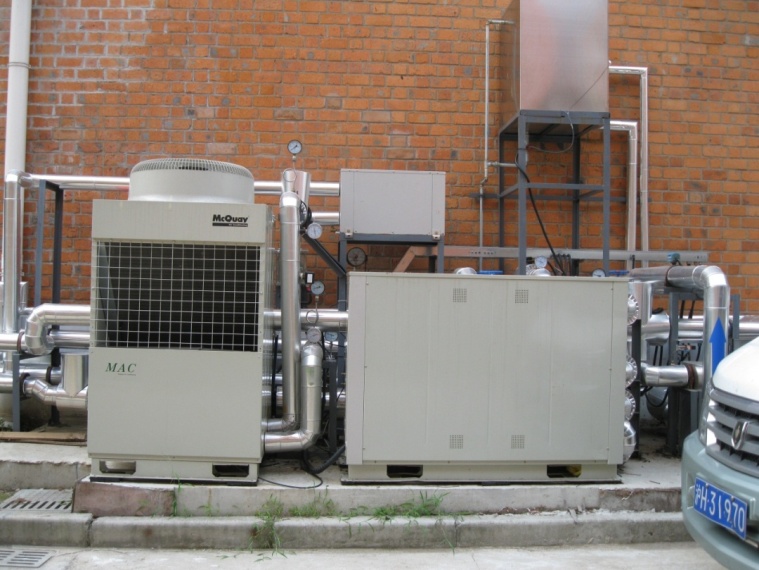
(3) Building energy metering experiment platform
The double-source heat pump system is equipped with both air heat exchanger and ground tube heat exchanger. This system is designated to the Engineering Training Center for both experimental and daily use. There are totally 29 bored well with depth of 90m, and distributed at different distances of 4m, 5m and 6m.
This platform is built to test cooling/heating capacity of air-conditioning system, as well as airflow rate, COP and power using enthalpy difference.
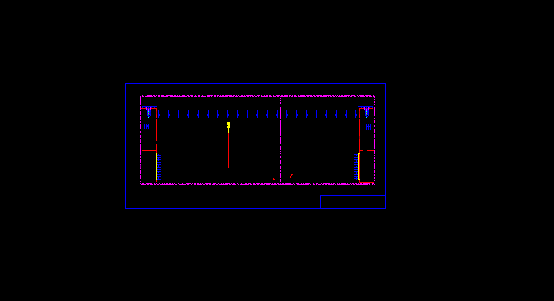
(4) Building environment and system test lab
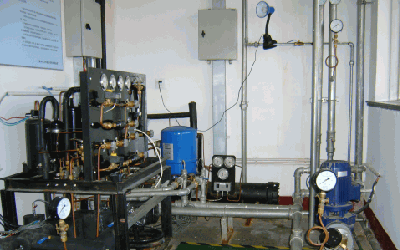
(a)heating/cooling source
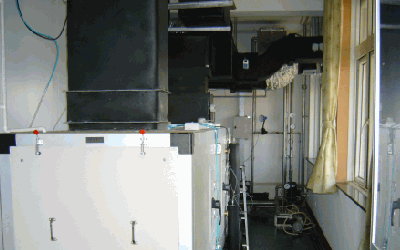
(b) air-handling unit

(c)environment chamber (fan-coil unit test lab)
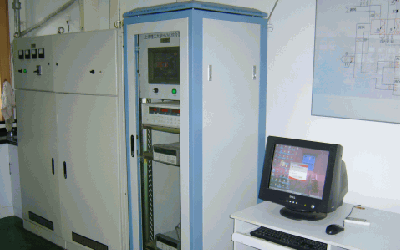
(d)building automation system
Schematic diagram of the system

(a)enthalpy recovery system

(b)PLC controller

(c)VAV box
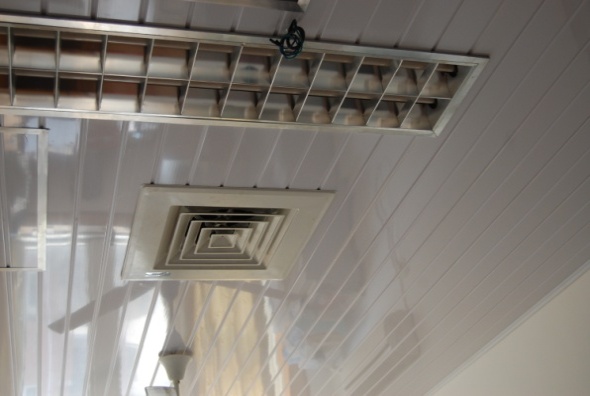
(d)air distributor
(5) Building energy recovery and VAV lab

Schematic diagram of the lab. 1. Exhaust fan; 2. Enthalpy recovery ventilator; 3. Filtration section; 4. Surface cooling/heating; 5. Electrode humidification; 6. Wet membrane humidification; 7. Electric heating; 8. Air damper; 9. Valve; 10. Heat pump; 11. Water pump; 12. Heat recovery tank; 13. Air-conditioned room

(6) Ice-storage low temperature distribution system
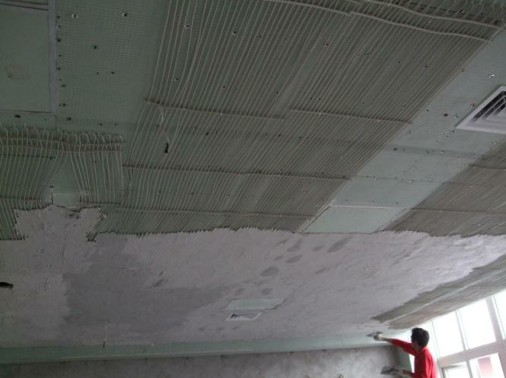
(7) Radiant air-conditioning system lab

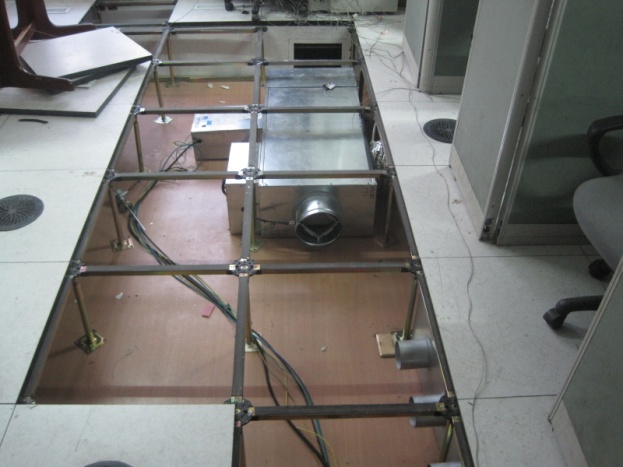
(8) Under floor air distribution (UFAD) system
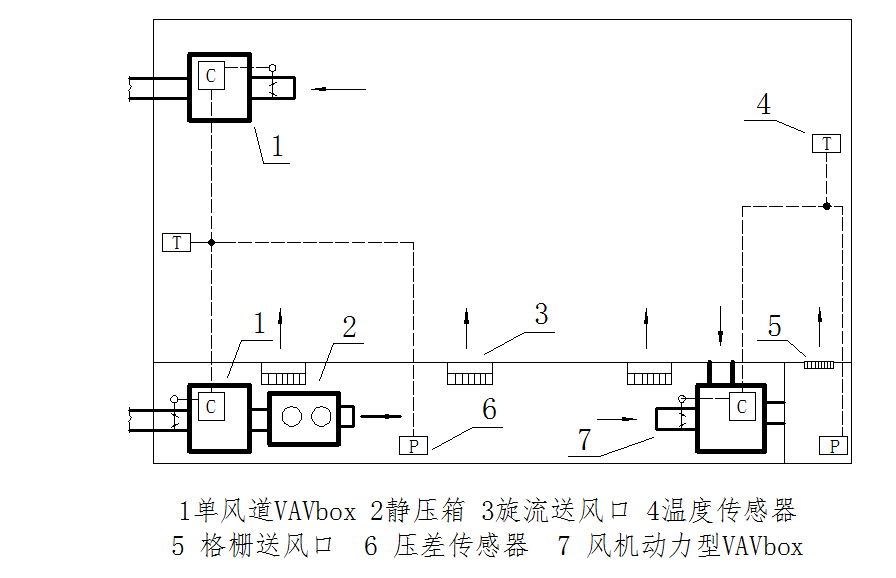

(9) Salt-water scaled chamber for thermal environment test
Schematic diagram of the lab
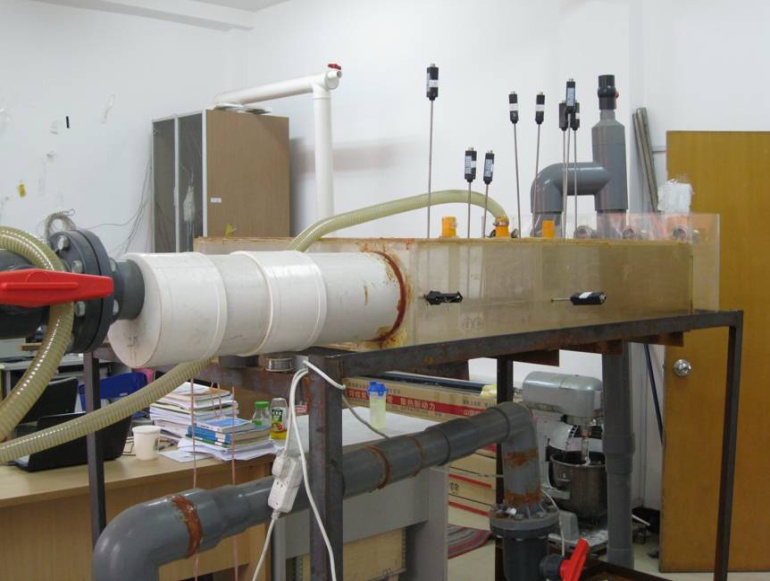
(10) Clean room
The size of the clean room is 4445mm×3200×2100mm, and the floor area is 14.2m². The ceiling of this clean room is equipped with FFU. Air is filtered with G4、F6、H13 filter and the class of FFU is H14. With designed supply air flow rate of 120m3/h, the room can maintain a positive pressure of 15Pa. Five different airflow patterns with unidirectional fow as in the following figures can be created.
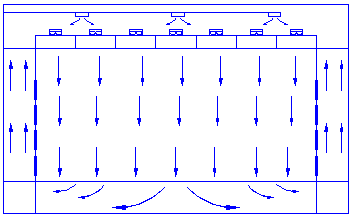
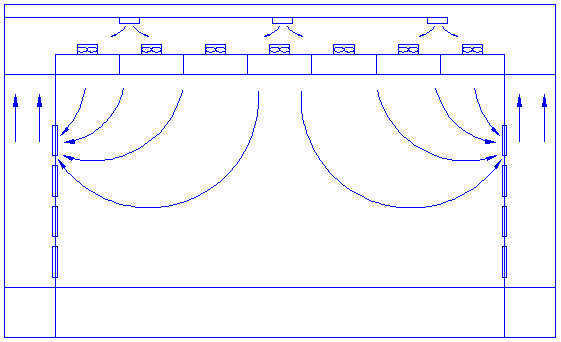

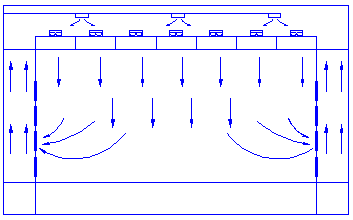
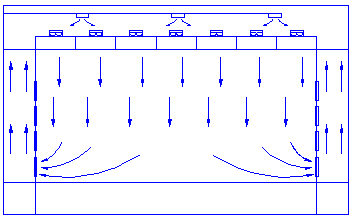
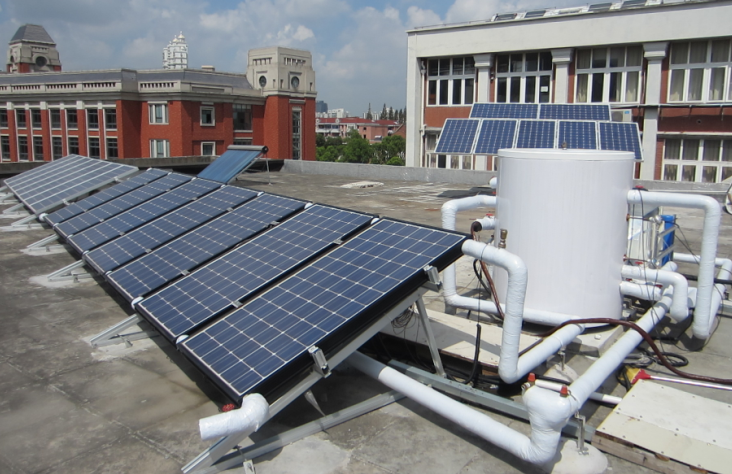
(11) Solar PV/T system
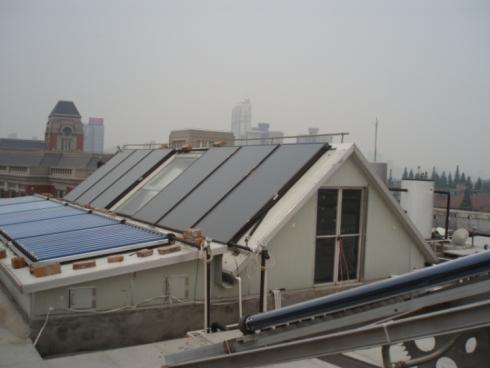
(12) Building integrated solar thermal system
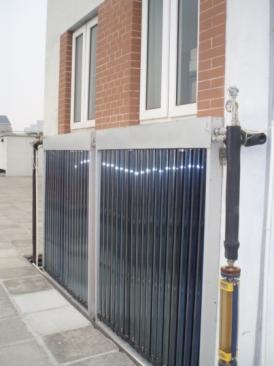
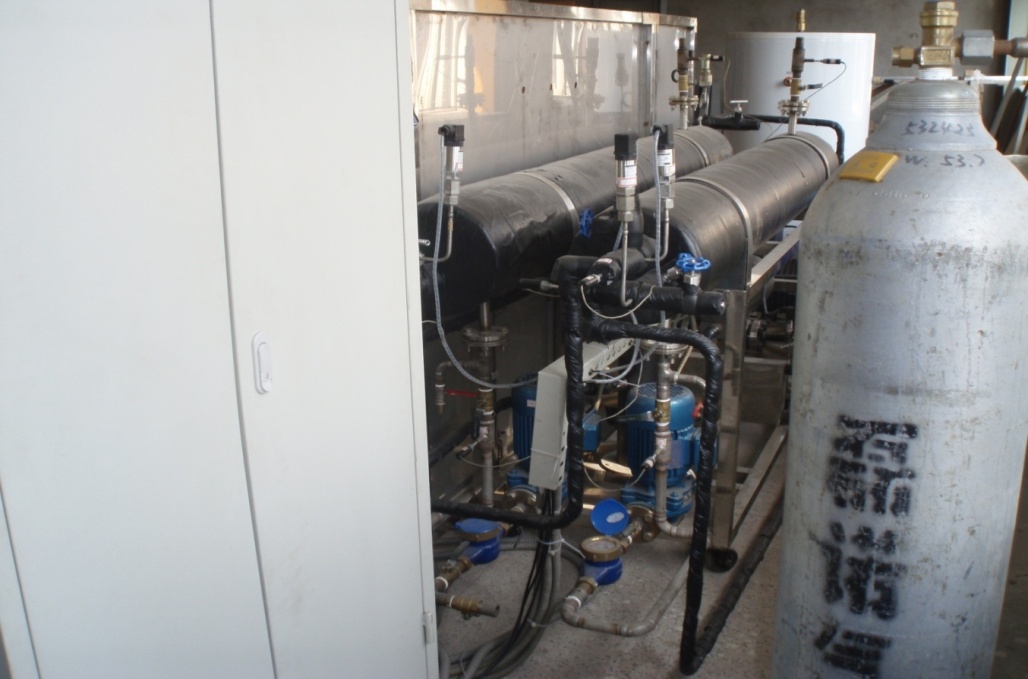
(13) Hypercritical CO2 heat pump test system



